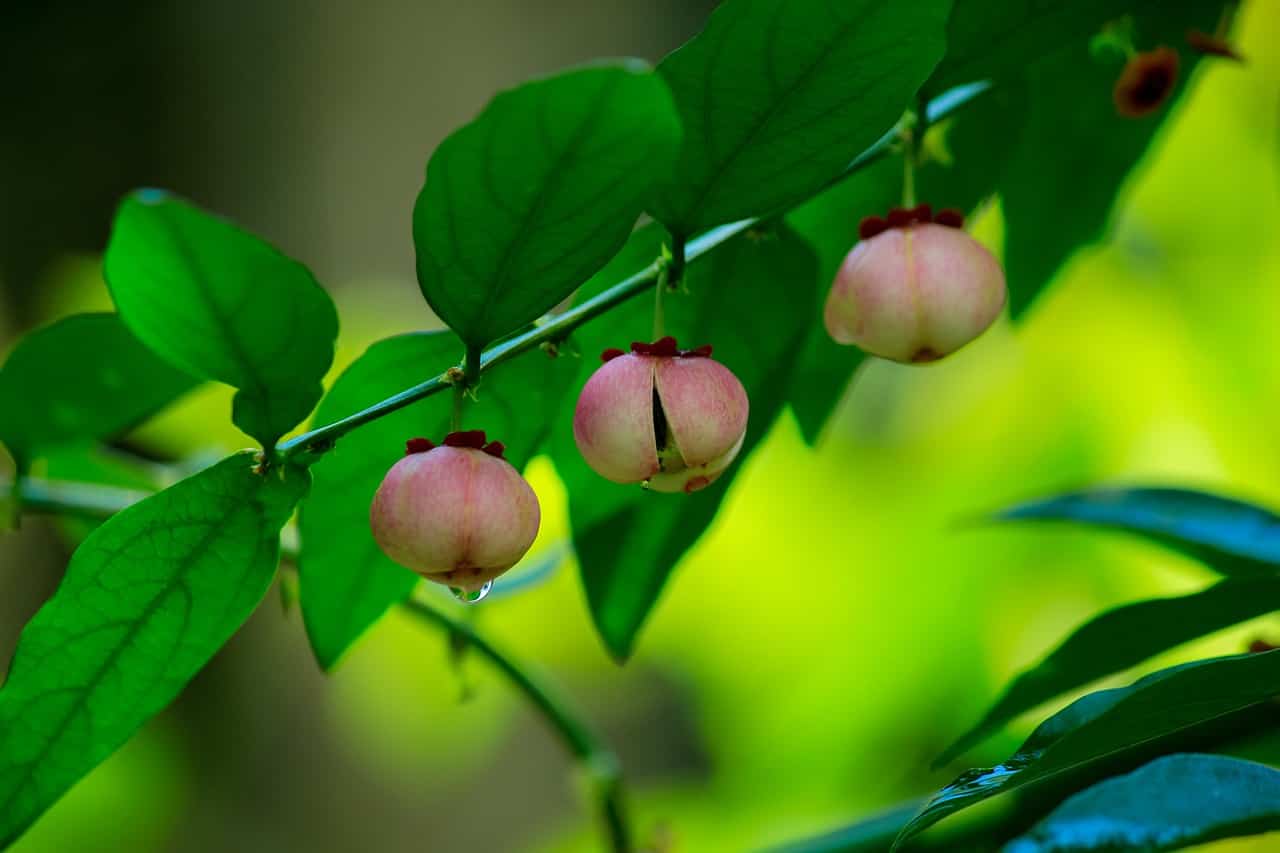Here’s a wild edible plant that can help you fill the salad bowl from your home garden. I’m referring to a relative newcomer to Costa Rica from the Malay Peninsula called katuk, or sometimes asin-asin. Because of it could be called a rarity here, I have not heard of a Spanish name for this plant.
Perhaps it was introduced into the country by edible-wild-plant enthusiasts or an organization interested in contributing another valuable food crop for the country.
One thing is certain: This plant thrives in most regions of the country, particularly the coastal areas, where it is often difficult to grow leafy green vegetable crops.
Home gardeners can take advantage of this hardy, bush-like plant that produces an abundance of fresh edible leaves. The raw leaves have a peanut-like flavor, while steamed or cooked katuk tastes like spinach. In Asia, the popular greens are used in stir-fries, and the tender young stems are often cooked and prepared as a substitute for asparagus.
Katuk, or Sauropus androgynous, can be grown as a single standing specimen along the edge of the garden or planted as a hedge. This plant is a survival specialist. It grows in all types of soils, needs no special fertilization and has no insect problems or plant diseases. It also grows prolifically during most of the year and can be pruned back again and again without damaging the plant.
To propagate new plants, woody stems 30 centimeters long are planted directly in the soil, about half the length of the cutting. The best time to propagate new plants is during the rainy season, so the cuttings have plenty of moisture to set new roots. Keep them weed-free until well established; after that, no special care is needed to keep them growing well.
A while ago, a bit of a controversy arose over the use of katuk for human consumption when a group of women from Taiwan developed a lung ailment while dieting on katuk juice. The scare was on, and people began to stop eating katuk.
Later, a clinical study published in the American Journal of Epidemiology stated that eating or drinking the juice of four kilograms of katuk per day caused a lung syndrome known as bronchiolitis obliterans in volunteers at the Kaohsiung Veterans General Hospital in Taiwan, while the control group, which consumed less than 0.4 kilograms per day, suffered no such condition.
Moderation is the best advice for everything we do. Many foods can cause us harm if we overdo it. We use katuk as a complement to our daily salad bowl of mixed greens from the garden, and so far have seen no signs of rare lung problems. I doubt there’ll be an outbreak of bronchiolitis obliterans in Costa Rica, mainly because katuk is rather rare.
Most gardeners who grow katuk are foreigners with an interest in edible wild plants.







